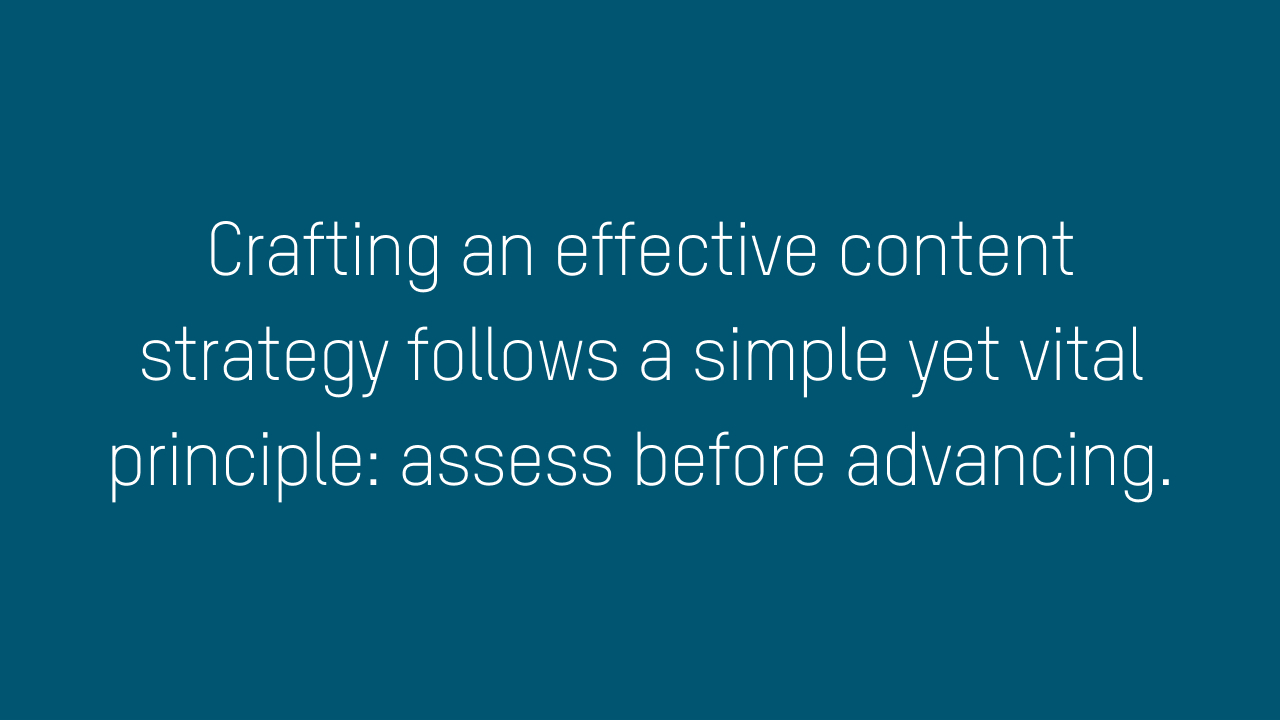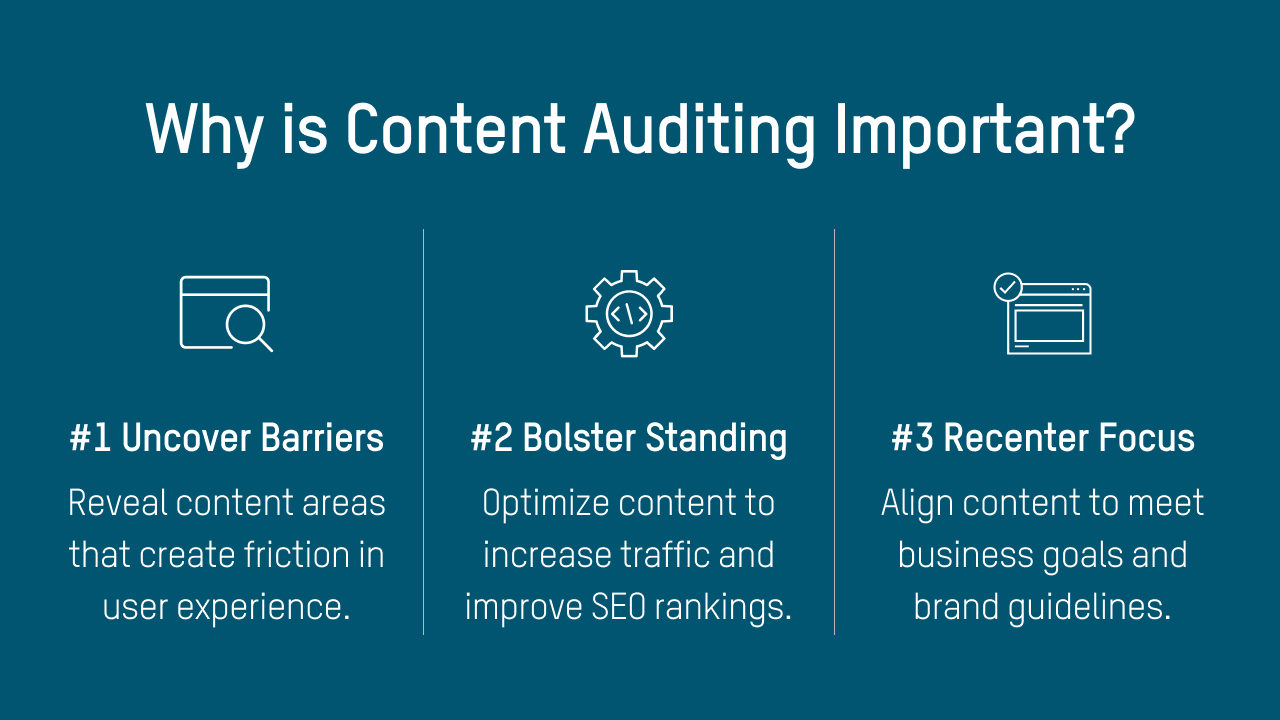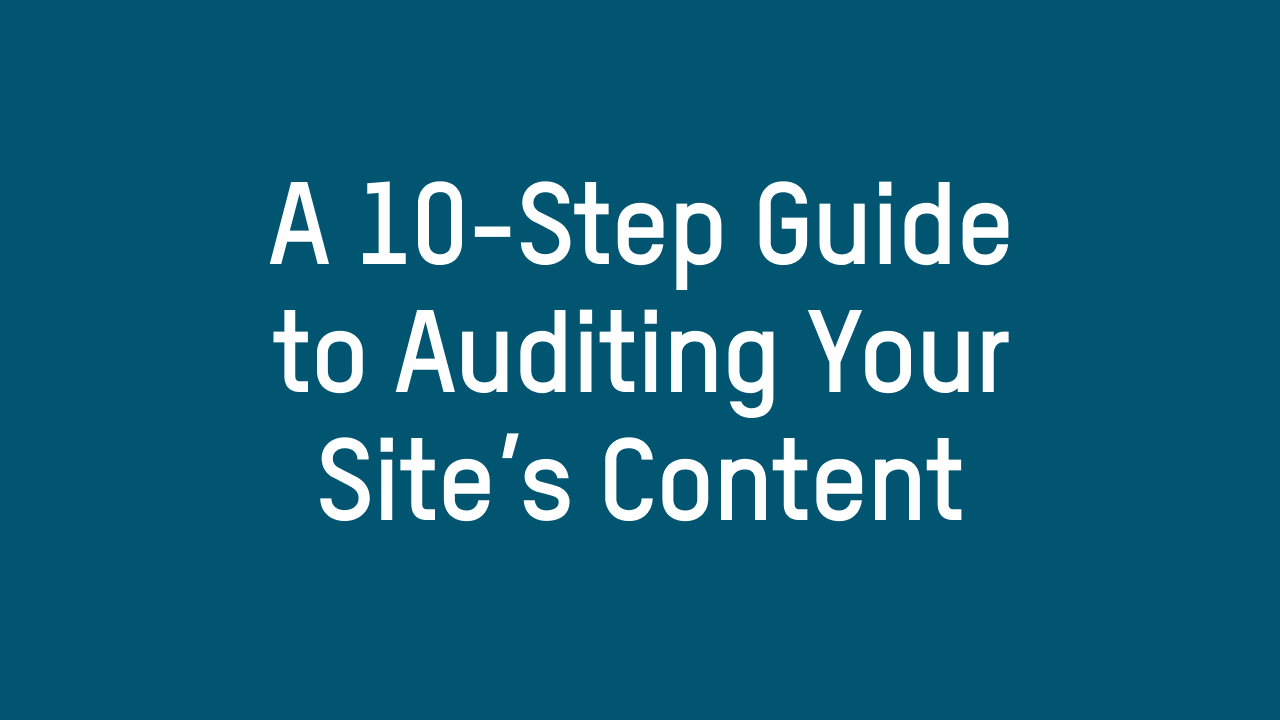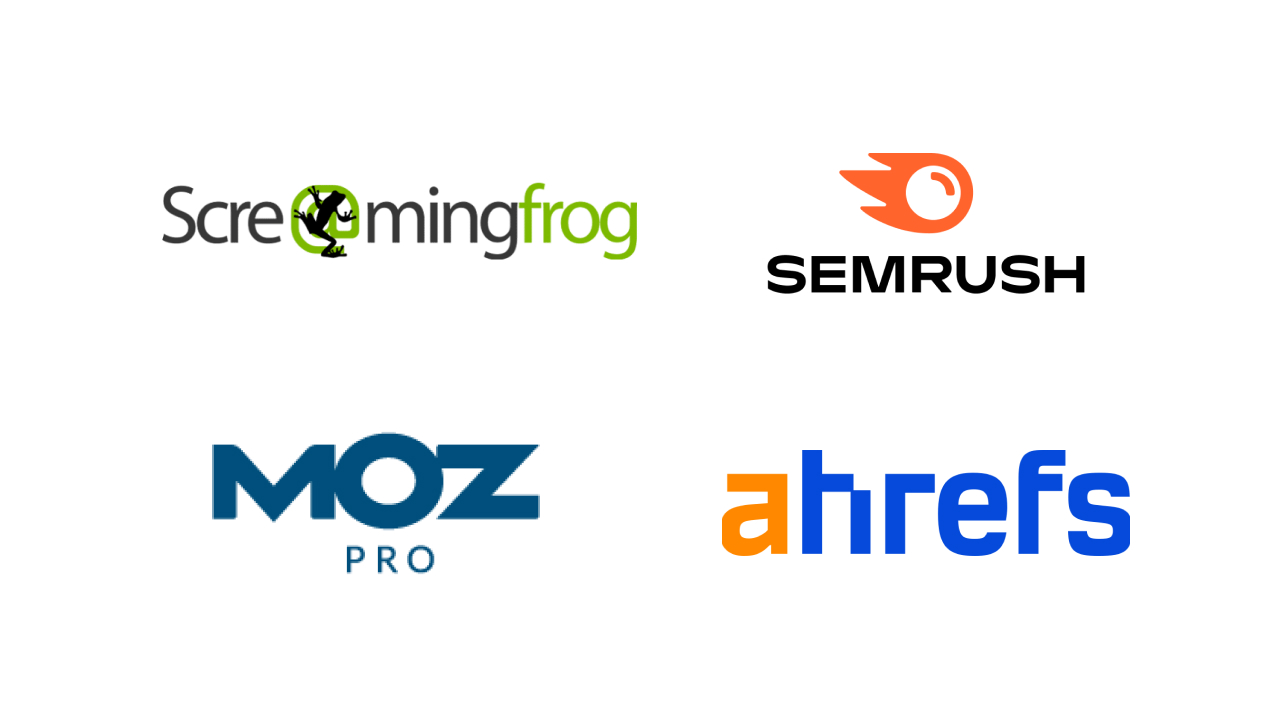Similar to renovating a house, you need to conduct a thorough inspection of your existing website to uncover issues and address gaps that could be chipping away at its performance.

That’s why a content audit is among the first actions to take when overhauling your site. In this blog post, we discuss the importance of content auditing and share steps for conducting one to revitalize your web performance:
Why It Matters

Uncover Barriers
Experiencing high bounce rates on specific website pages? While your content might be connecting with key audiences, it might also lack proper headings, contain outdated information, or not be optimized for different devices, which can colossally frustrate and confuse your visitors. Performing a content audit helps expose friction-causing issues like these. By leveraging the insights gained from your audit, you can optimize your content to be more user-centric and intuitive, thereby promoting positive user interactions.
Bolster Standing
Conducting a content audit offers the added benefit of boosting your SEO rankings. By running a comprehensive audit of your site’s content, you can identify areas for improvement in keyword selection, meta tag, and description creation, internal linking strategy, and other related aspects. When you align your content to SEO standards, you set a clear path to boosting your site’s visibility, organic traffic, and search engine rankings.
Recenter Focus
Over time, the content you publish can sometimes deviate from your overarching business goals. That’s another area where content auditing comes in handy. It helps you gauge whether your existing content still communicates your core message, supports your brand identity, or achieves your business objectives. Content auditing also ensures that every piece of content across your site fits your unique value proposition and target audience.
How it's Done

#1 Define
Set clear objectives for your audit. Do you want to drive more sales, reach a new market, or improve brand understanding with this content refresh?
#2 Collect
Perform an extensive crawl of your site. You can use tools like Screaming Frog, SEMrush Site Audit, Moz Pro Site Crawl, and Ahrefs Site Audit. These tools collect information about your web pages like URLs, titles, metadata, and other content-related data.

#3 Collate
Consolidate the information in a spreadsheet or document, then categorize the pages and content assets based on relevant criteria: page type, topic, site section, and the like. This allows you to review and analyze your content more efficiently.
#4 Crosscheck
Search for inaccuracies in your data. Look for outdated or duplicated content that needs to be updated or deleted from the mix.
#5 Assess
Evaluate the information based on basic SEO standards and principles, as follows:
Keywords: Examine the relevance and readability of each webpage’s title tag, heading, and meta description.
Performance: Utilize SEO tools like Google Search Console, Moz, or SEMrush to analyze your website's technical SEO performance like page load speed, responsiveness, and crawlability.
Broken Links: Using the aforementioned tools, scan your website for broken links, redirects, and other areas that might impede user experience.
Backlinks: Evaluate the quality, relevance, and authority of your site’s backlinks to determine which to remove for building a stronger link profile.
Internal Linking: Review the internal linking structure of your site. This can be done by site mapping or listing out all your web pages and identifying their hierarchical relationships.
#6 Analyze
Using Google Analytics, examine the metrics of your site. This includes page views, bounce rates, time on page, and conversion rates to gain insights into your content’s performance. Make sure to identify high-performing and low-performing content in your audit to inform your initial strategy.
#7 Track
You can also use heatmaps and user behavior tools like Hotjar, Crazy Egg, or Mouseflow to see how users interact with your site. The data from these solutions can beef up your insights.
#8 Take Note
Look at your data and begin identifying whether your current content meets your business objectives and if there are any content gaps to address. Take note of this as it will let you know where new content—and what types—are needed.
Also, look for content that can be transformed into different formats in your inventory (e.g. turning a blog post into a video) and outdated or underperforming content that can be repurposed and improved for better mileage.
#9 Compare
Consider looking at your industry competitors for insights. You can identify successful content themes, formats, and approaches they’re using to improve web performance.
#10 Synthesize
The final step of a content audit is synthesizing all the gathered information, which you’ll be using throughout the development of your content strategy. The synthesis of the audit findings serves as a guide, ensuring that the next steps you make in this process are strategic and purposeful.



